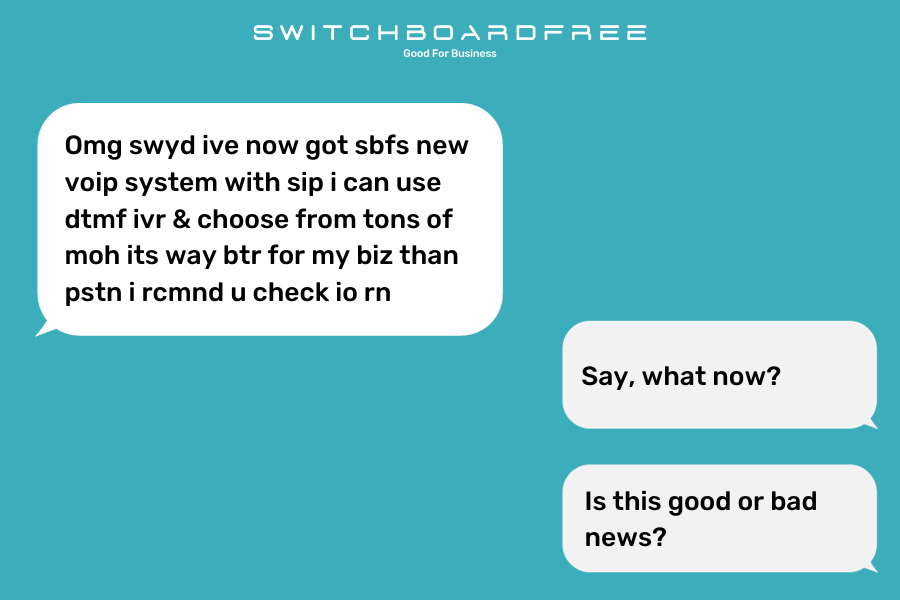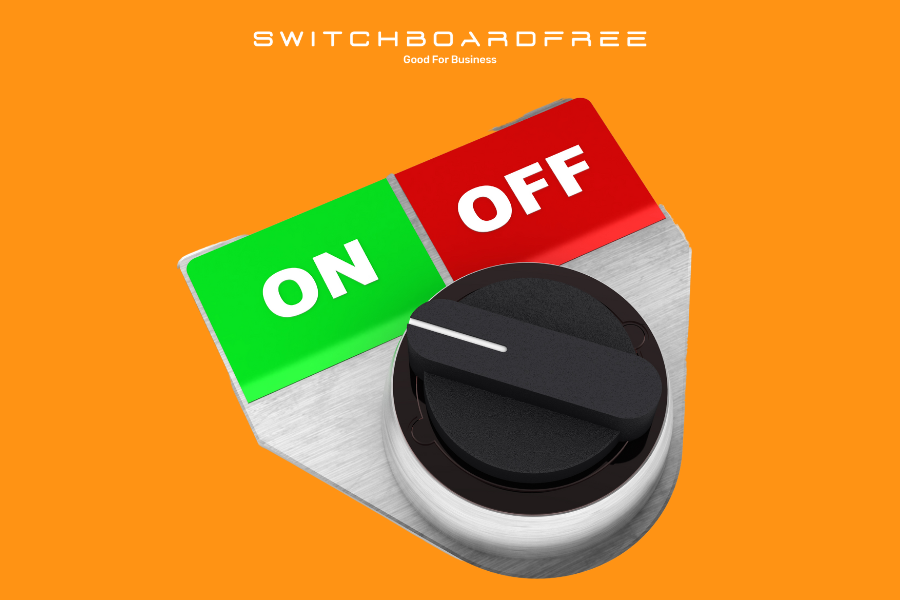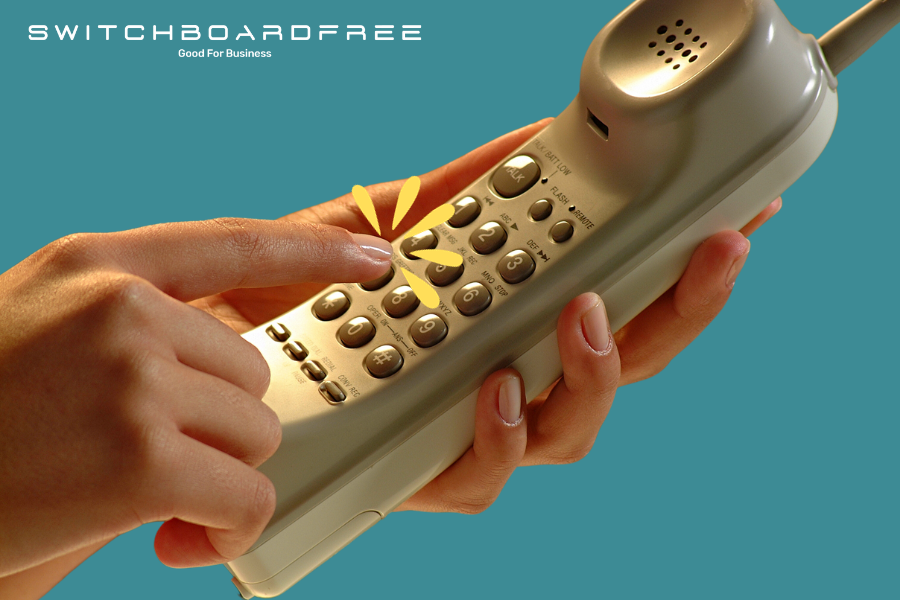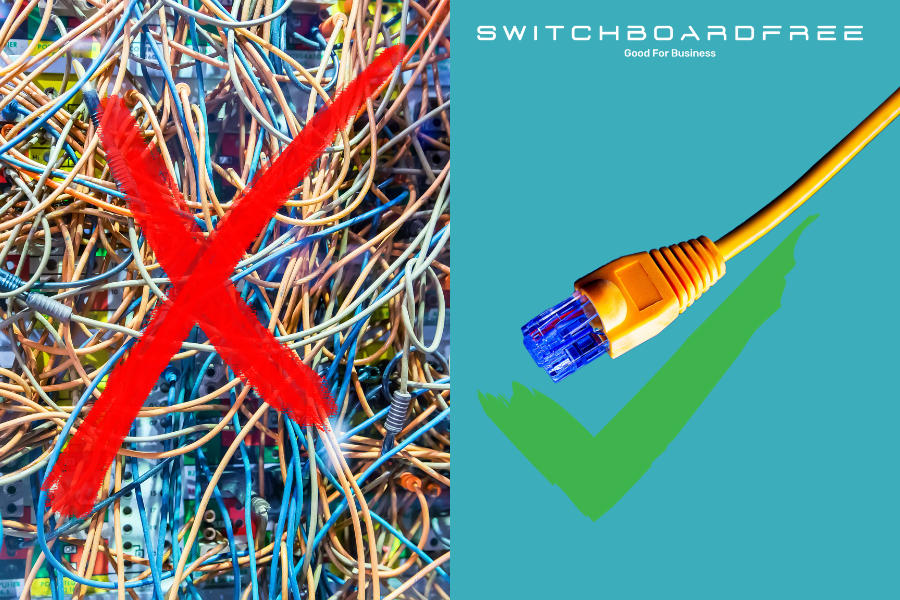What is VoIP? Make Sense Of Confusing Phone Acronyms Here!
The fact that a common Google question is What is VoIP? Only highlights that in a world where language is changing. Words are becoming mere first letters and it’s so confusing at times. With text messages boasting ‘textese’ (yes it has a name) such as IDK, ISWYM, PMSL & LOLS and emojis acting as hieroglyphs once did, we’re surprised that anyone knows what’s going on! And of course, businesses have hopped on board too. They’re creating even more acronyms than ever before. This sometimes means we don’t know what people are selling nowadays because we can’t make head or tail of what they’re saying!
Emojis and textese aside, we can’t decipher all the business acronyms and jargon for you, but we can shed some light on the initials of the telecoms industry for you. So we’ve collected all the ones we can find and think of and laid them out bare for you below. Hopefully, after a quick read, you’ll understand a little bit more about the world!

What is VoIP?
VoIP stands for voice over internet protocol and is actually said as a full word rather than V.O.I.P. VoIP is the new technology that will replace all copper wire landlines by the end of 2025 in the UK. It works by converting your voice into a digital signal that is transmitted through the internet. You can find out more about VoIP and how it may affect you and your business on our dedicated blog.
What is SIP?
SIP stands for session initiation protocol and is at the core of VoIP technology. It enhances VoIP and offers more flexibility in your communications with staff and customers. SIP enables you to send instant messages, share files and initiate video conferencing via the Internet using various devices, including your phone and PC.
What is PSTN?
Remember the copper wire landlines we mentioned back in What is VoIP? That is the PSTN or public switched telephone network and we’ve been using it for landlines ever since they became a thing. The copper wires which filter through exchanges (green boxes you see on the side of roads) are now classed as an analogue system which no longer suits how we communicate today. So this voice-only technology is now being retired in 2025 in favour of VoIP.

What is CLI?
CLI stands for calling line identification. This is just another way of saying caller ID, This is the number that is displayed to the person you are calling, so they know who it is and if they want to answer! With your SwitchboardFREE account (if you have one), you can choose which of your business numbers you’d like to your customer or business contact so they recognise it’s you.
What is DTMF?
DTMF stands for dual-tone multi-frequency. It’s the tones and sounds that you hear as you press down a digit on a phone. At SwitchboardFREE we use this technology in our automated switchboards. It works by generating two tones of different frequencies which instruct the system to direct a call when prompted (for example) press 1 for accounts, or press 2 for sales. Giving your customer’s department options ensures an efficient service, making for a happy buyer.
What is IVR?
IVR stands for interactive voice response. This is similar to the above but can detect voice and touch-tone signals through DTMF to select the call direction or purpose. This can allow customers to provide and access information without the need to speak to a real person making your staff efficient thus saving you money.

What is MOH?
If you Google what is MOH, your first answer will be the medical officer of health, and a little further down you’ll find it stands for maid of honour. In the telecoms industry, MOH refers to music played while on hold (music on hold). It’s basically as it sounds and is the music you play to your customers while they are waiting to speak to your team. At SwitchboardFREE we have a wide variety of playlists and chart music that’s updated on a weekly basis to keep your customers entertained while they wait!
What is PBX?
PBX stands for private branch exchange and is a telephone system within a business. It provides a range of additional call functionality such as allowing users to call each other internally or setting up caller queues. This allows staff to communicate more efficiently and customers to be put on hold if they wish while leaving external phone lines open for additional callers.
What is DID?
DID stands for direct inward dialling. It’s a technology that lets you assign specific numbers to internal extensions or devices. You can use DID along with your SwitchBoardFREE account to give each employee their own unique phone number to allow customers to reach them directly. This can allow you to offer your customers a more efficient and personalised service.

What is DDI?
DDI stands for direct dial-in. It’s very similar to DID, except it lets your customers dial departments or extensions directly. This bypasses the need for a receptionist and offers a more personal and expedient service to your customers and business associates. It’s an all-around money and time saver.
What is DHCP?
DHCP stands for dynamic host configuration protocol. This sounds more impressive and exciting than it actually is though! DHCP makes getting your staff online with their devices or PCs by assigning IP addresses automatically. This is instead of assigning IP addresses manually which can take up valuable time.
What is PoE?
PoE stands for power over ethernet and requires good old-fashioned wires and cables. It’s useful if your business has security cameras or VoIP phones as you are able to power your hardware and transfer data via a single cable. Installation is far less complicated with PoE and looks nice and tidy too.

What is jitter?
Well, it definitely isn’t an acronym, but we thought we’d add it in for good measure! You know when you are in a Zoom meeting and the audio doesn’t quite match up to the lip movement when someone talks? That’s down to jitter. In tech speak it refers to the the packets of data that travel through a network and their potential delay between points. Reliable and seamless communication relies on minimal delay, which we strive to achieve for you at SwitchboardFREE.
So there you have it! With knowledge comes power and when you understand the acronyms you can make more informed decisions when it comes to your business and the service you provide.
If you don’t currently have a SwitchBoardFREE account, we recommend that you take some time out to explore our website. We have lots of free features that can elevate your customer service offering and save you time and money in the long term.